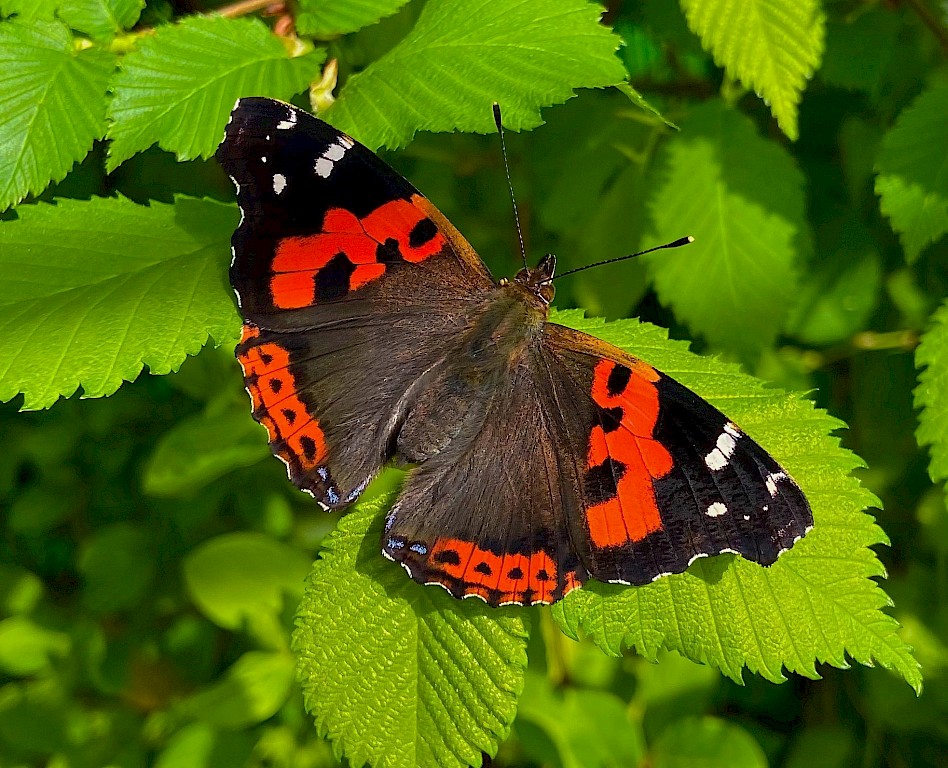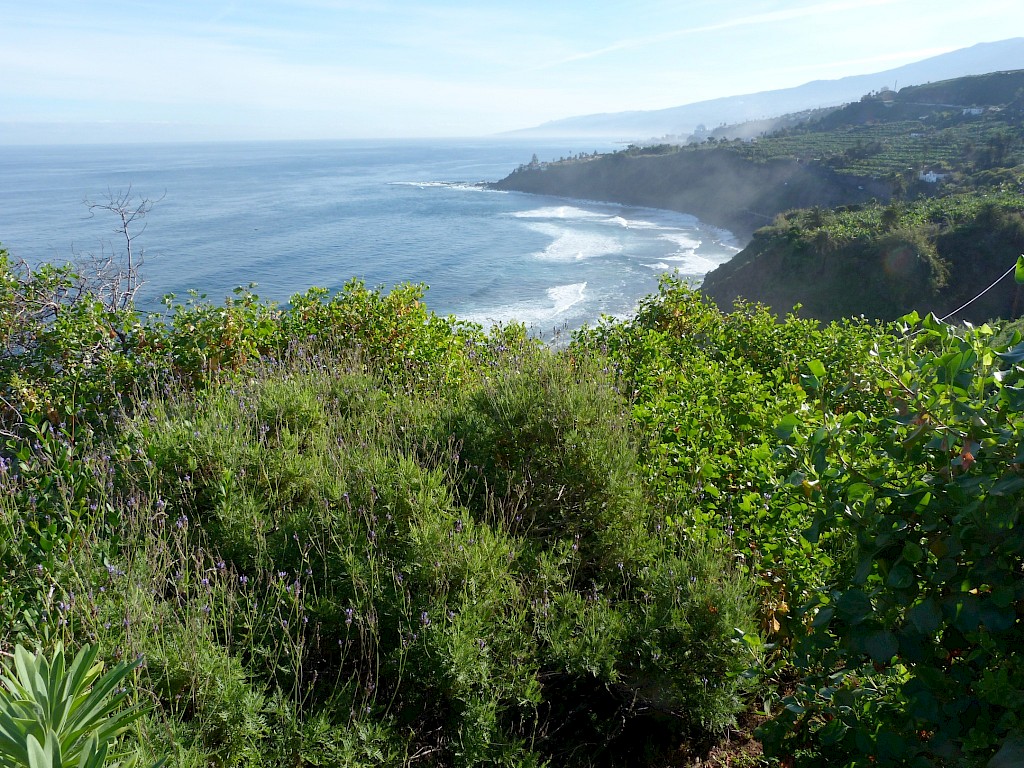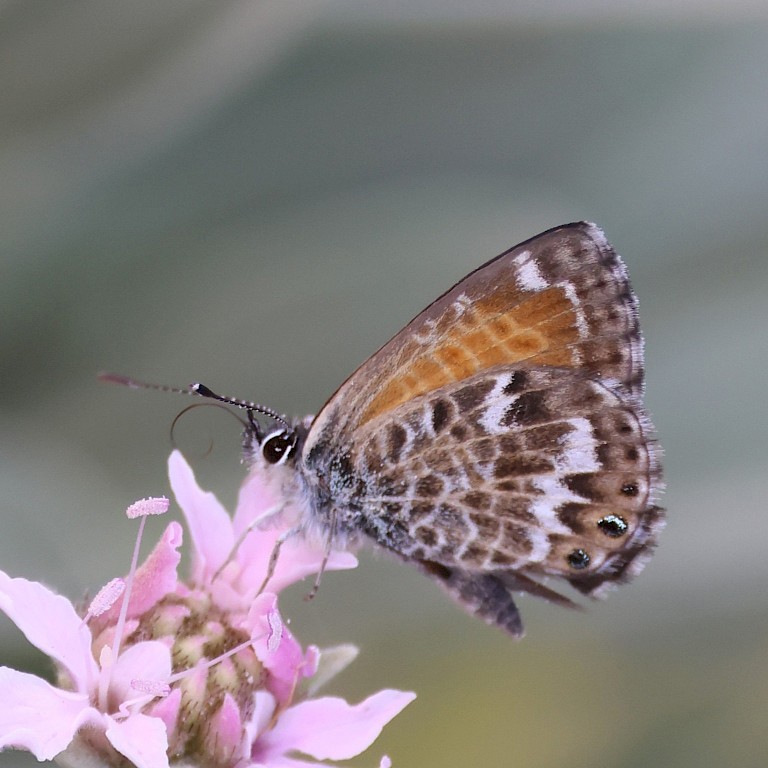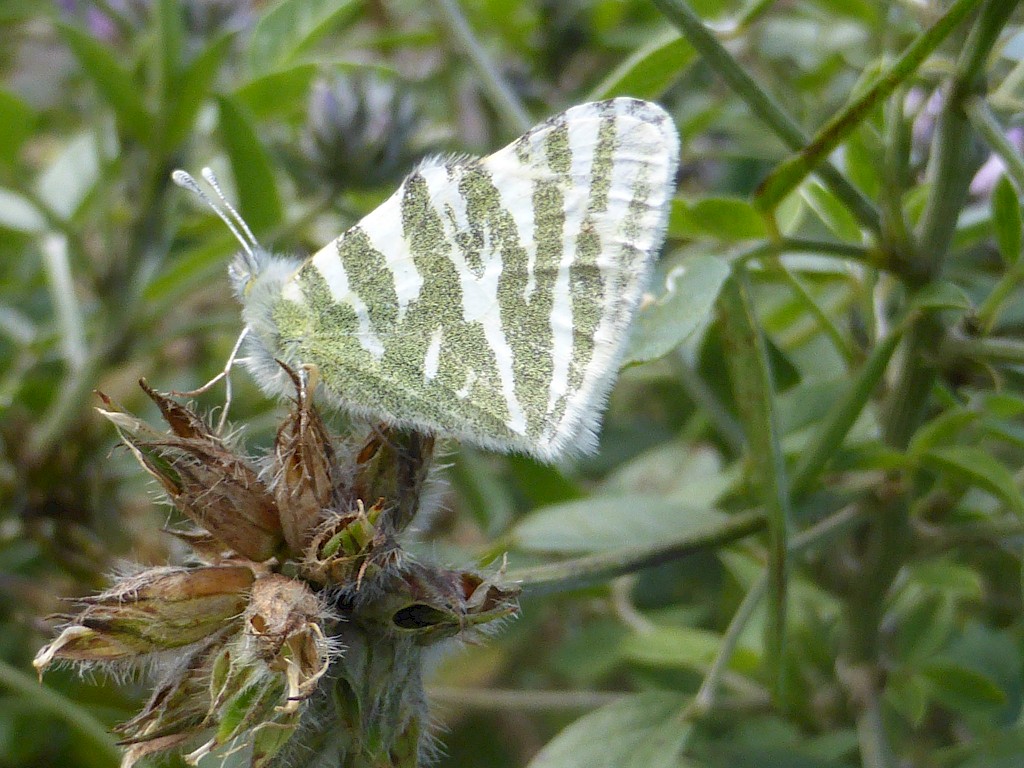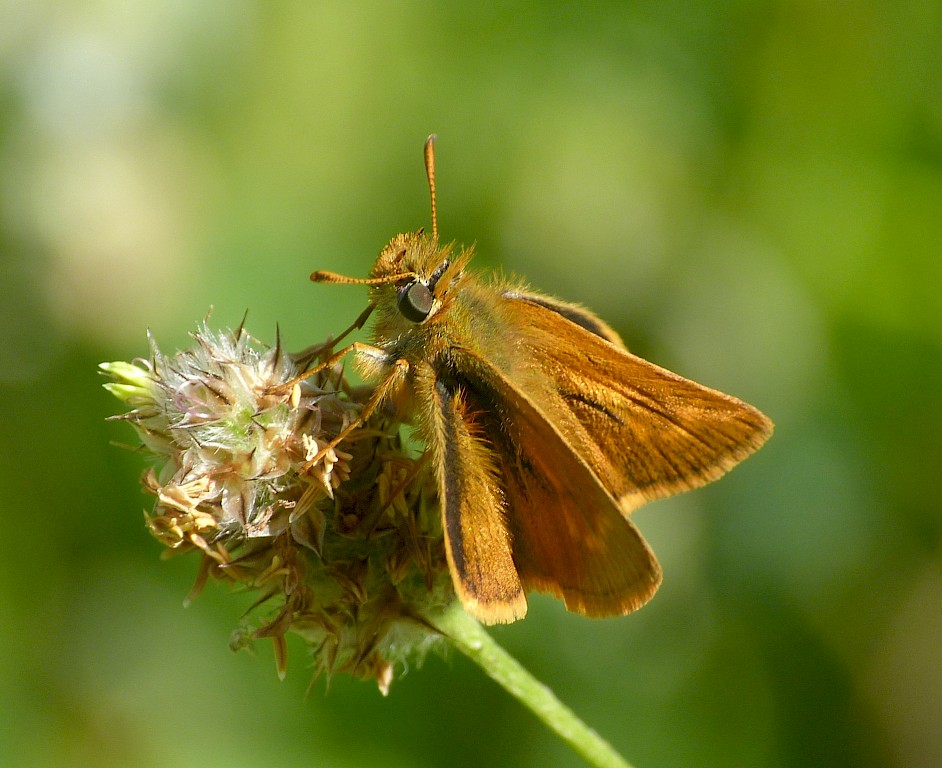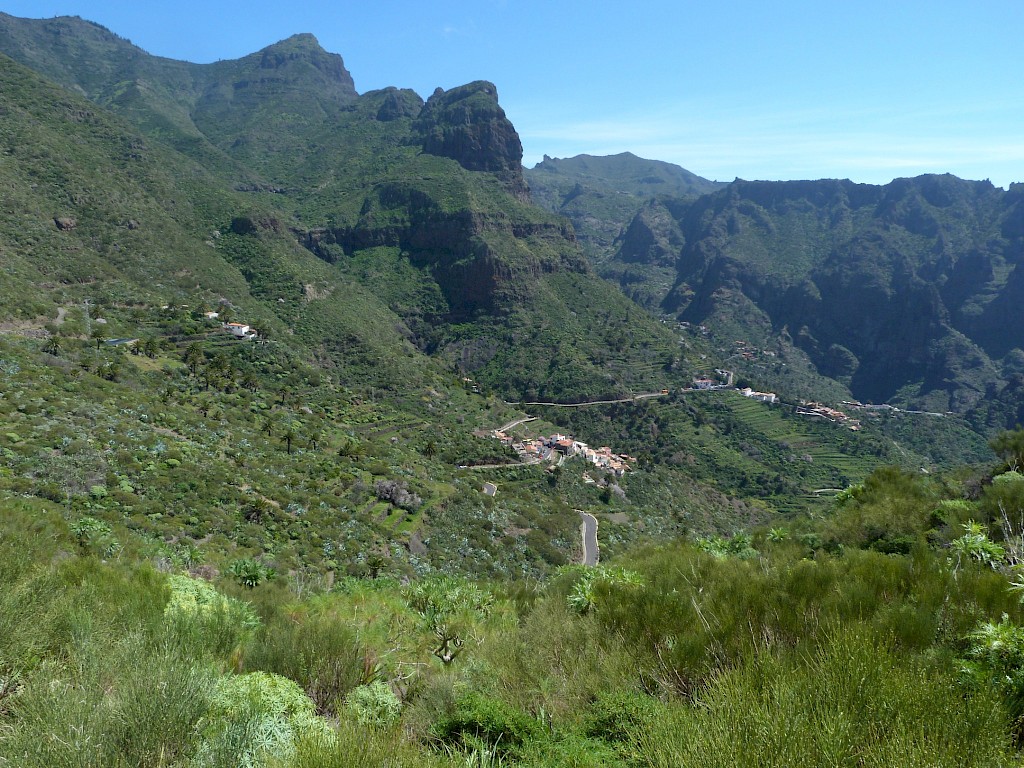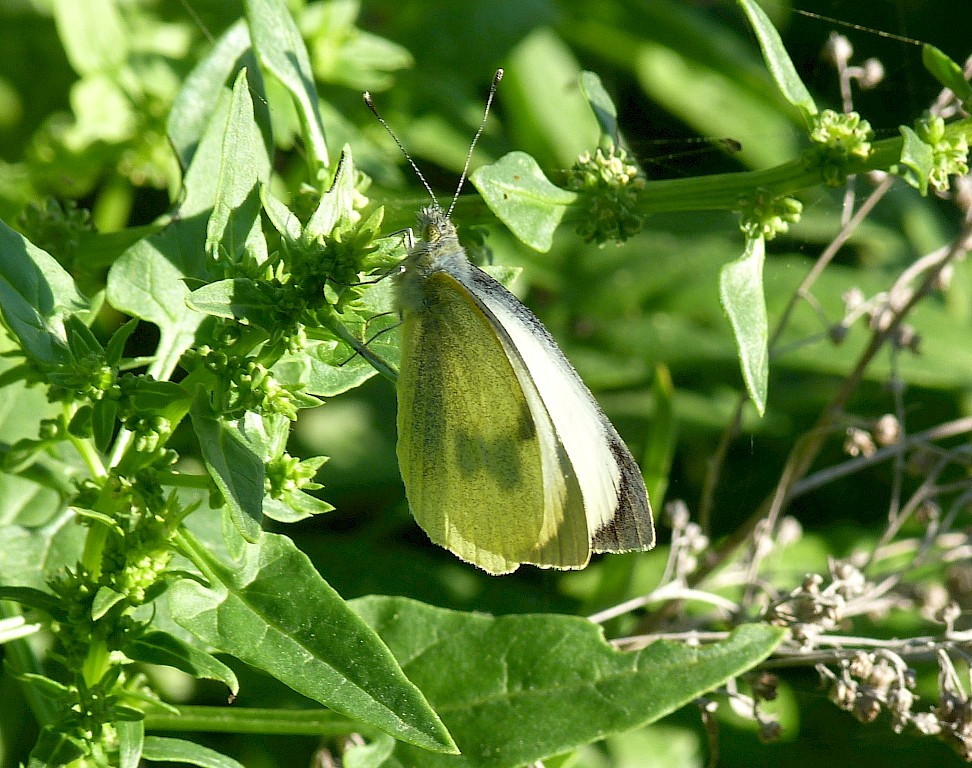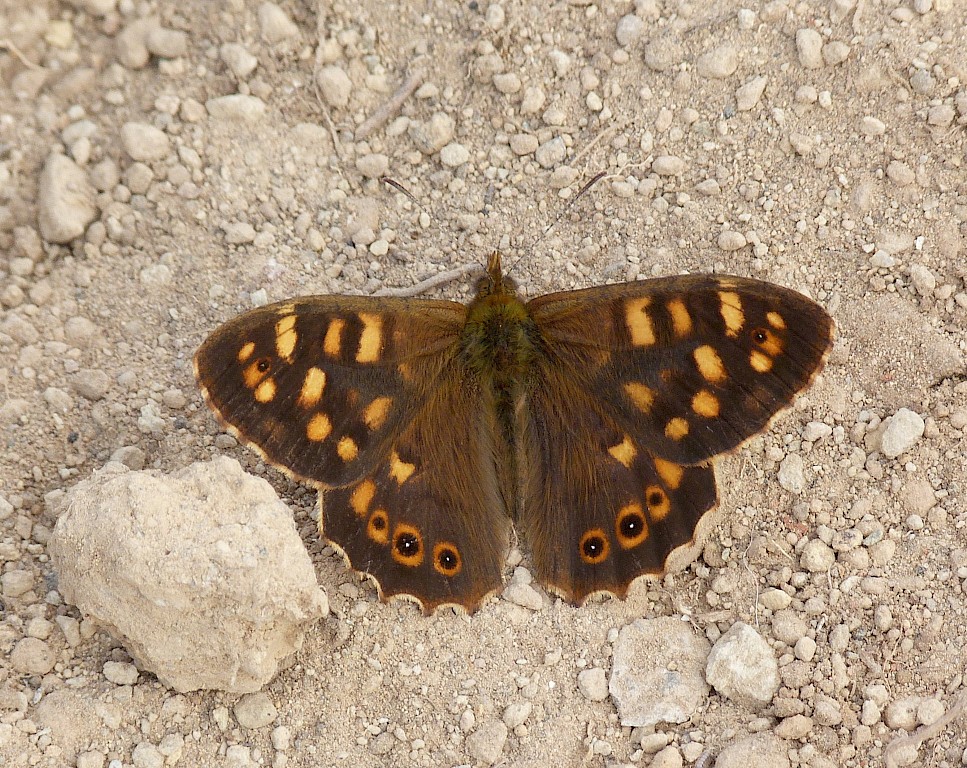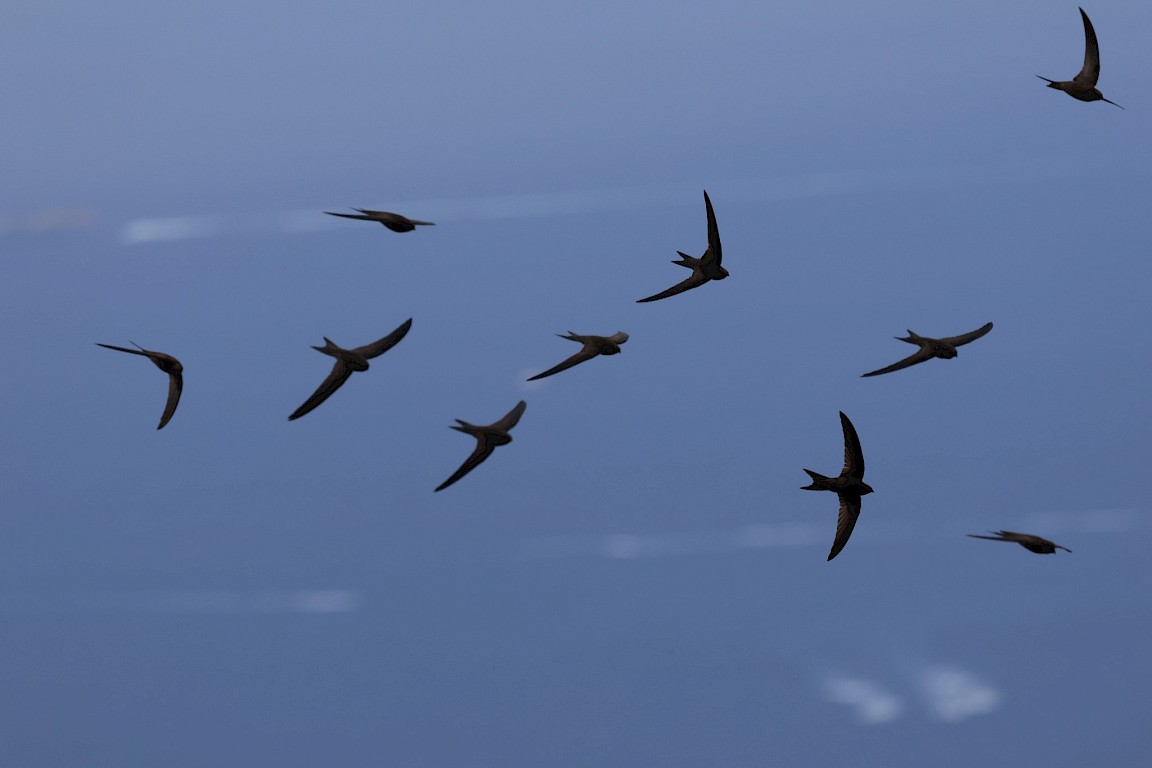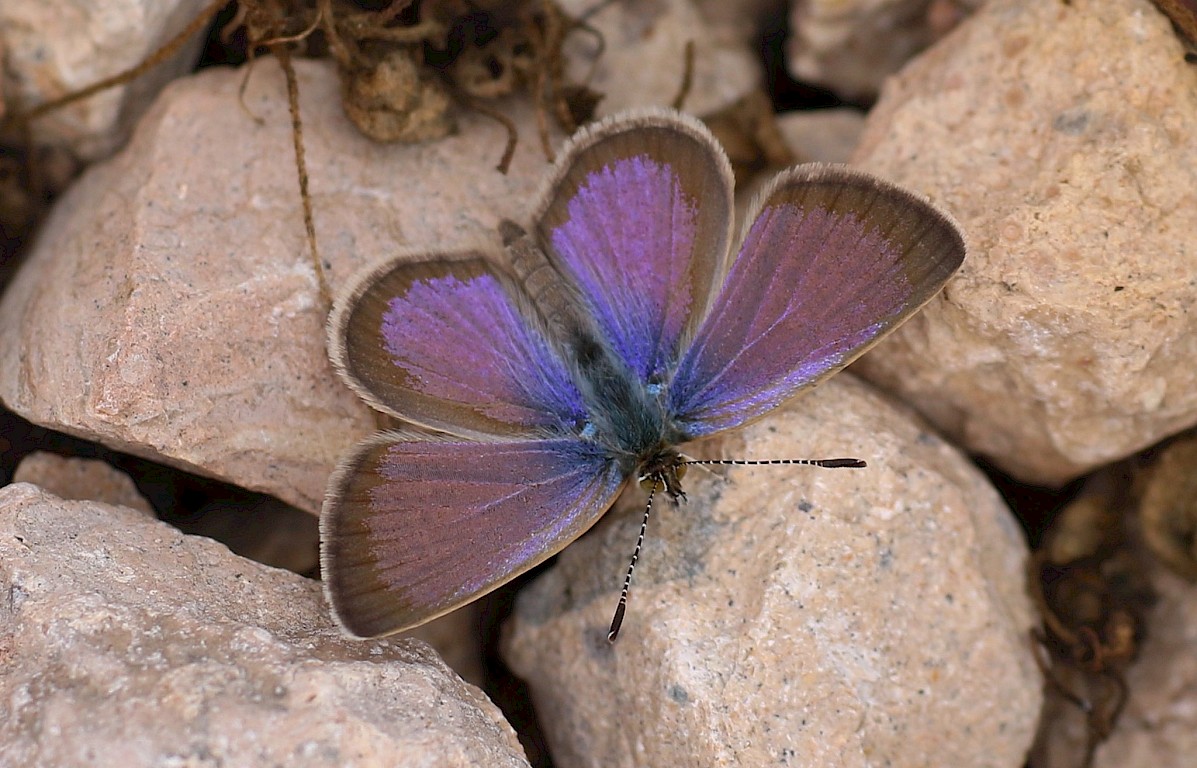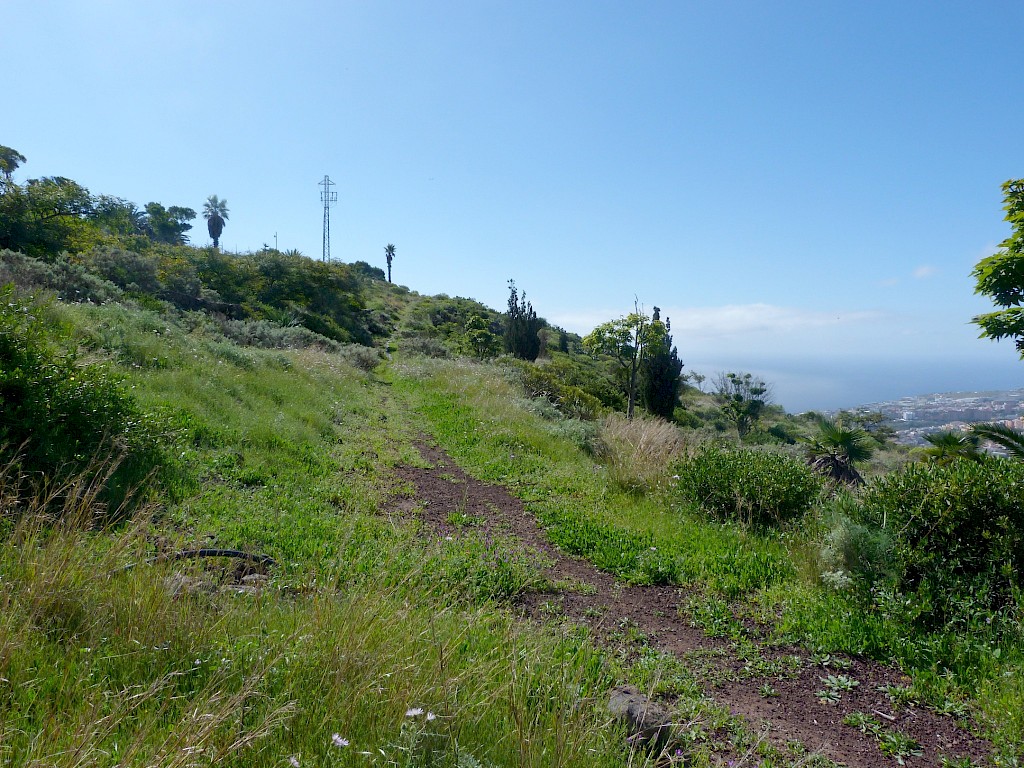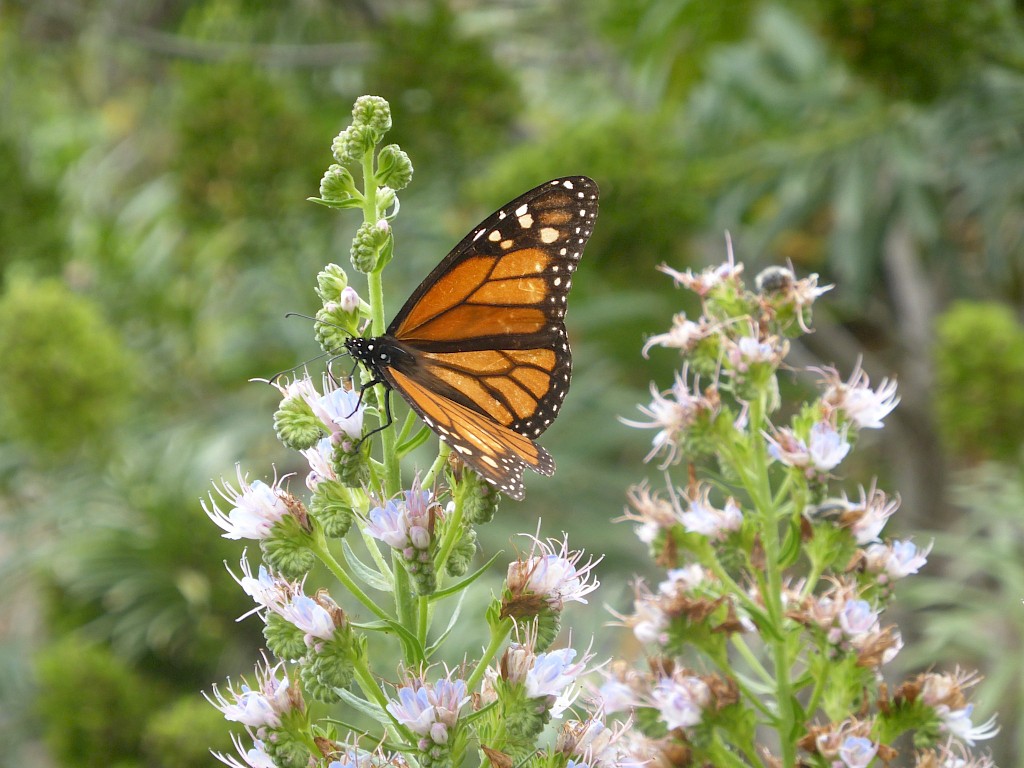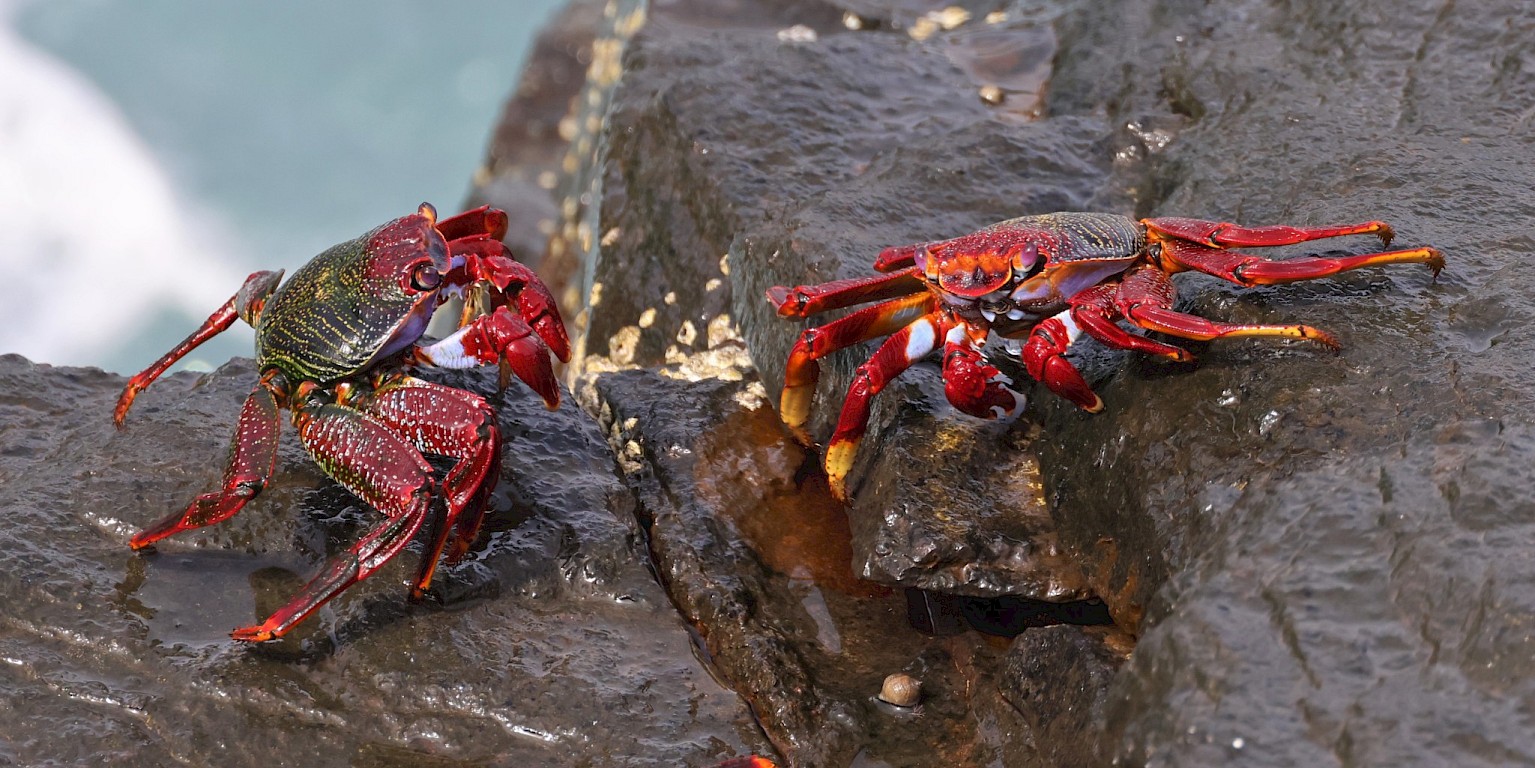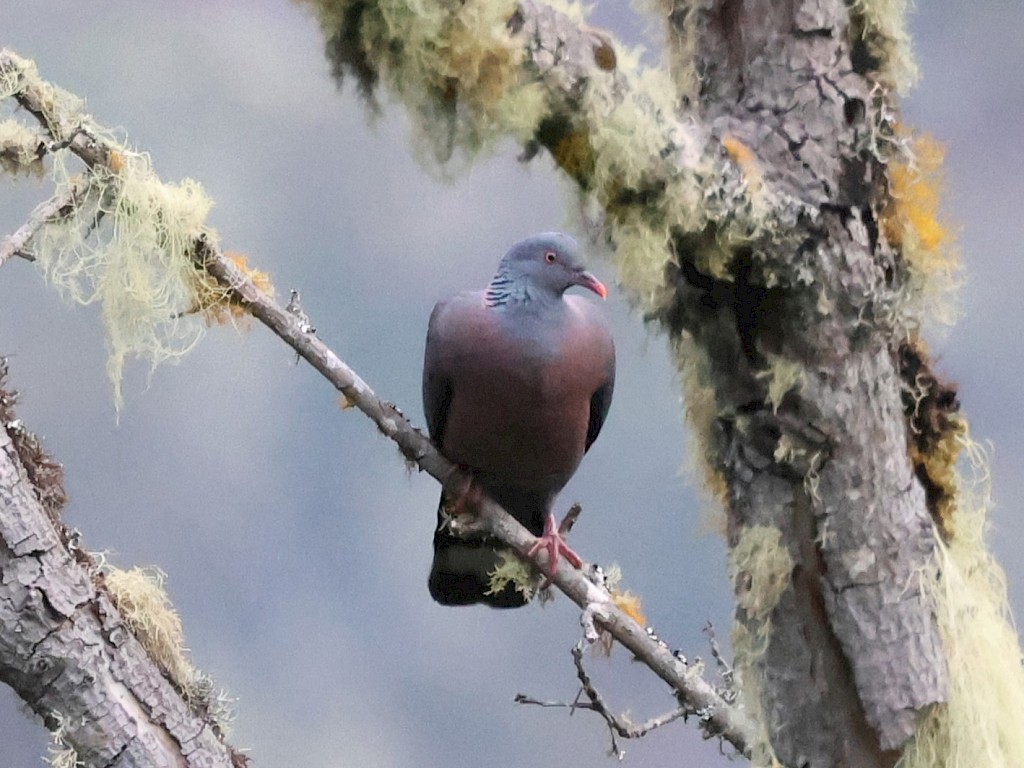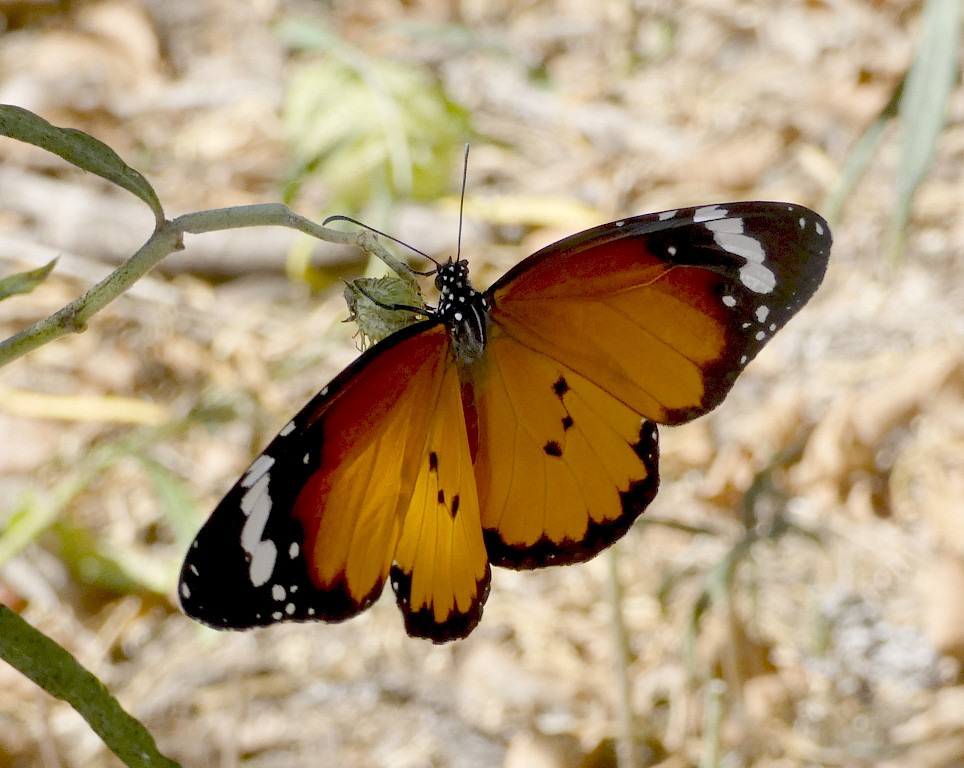There is no ‘off-season’ for butterflies on Tenerife. Its southerly latitude and maritime location ensure that daytime temperatures are almost constantly above 16°C even in the coolest months of December and January.
By late March these temperatures have routinely risen to the point it feels like a summer’s day in the UK. The vegetation is rapidly growing and flowering, and butterflies are increasing in number.
Our base near the centre of the north coast will allow us to easily access the laurel forests of the island, where Canary Large White Pieris cheilanthi, and Canary Brimstone Gonepteryx cleobule, are resident, as well as two endemic birds, Bolle’s Pigeon Columba bollii, and Laurel Pigeon Columba junoniae.
This verdant part of Tenerife is also home to Canary Red Admiral Vanessa vulcania, and Canary Skipper Thymelicus christi, whilst at higher altitude we can expect to find the endemic Tenerife Green-striped White Euchloe eversi.
Nearer the coast and often in parks or botanic gardens, other desirable species are regularly encountered; for example Monarch Danaus plexippus, African Grass Blue Zizeeria knysna, American Painted Lady Vanessa virginiensis, and the exotic African Migrant Catopsilia florella. At practically every site, we will enjoy the company of the delightful Canary Speckled Wood Pararge xiphioides, whilst Long-tailed Blue Lampides boeticus, Geranium Bronze Cacyreus marshalli, and Bath White Pontia daplidice should also make an appearance.
We will, in addition, be searching for Canary Blue Cyclyrius webbianus, both at lower elevations as well as at a site on the Mt Teide massif, which is also home to the spectacular Blue Chaffinch Fringilla teydea. This other-worldly landscape is worthy of a visit on its own, but with travelling times being so short it can easily be fitted in to our itinerary.
Within our five full days, we expect to be able to cover a variety of locations and habitats and if the microclimate of the islands dictates that there is cloud or rain in a particular area, we can quickly rearrange our destination to ensure that we follow the sun which, at the end of a long British winter, is a welcome pleasure.
Entry to any parks and botanic gardens are included in the price and are interesting attractions in themselves, with a variety of exotic plants, shrubs and trees, including a reputedly 1,000 year old Drago Tree, which happens to be located in one of the best sites for Monarchs.





